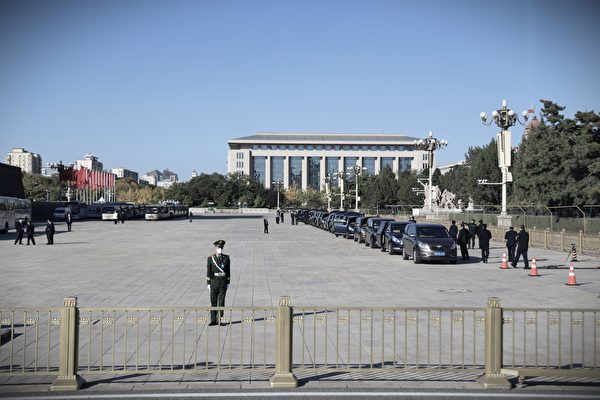Official data shows that in the first half of this year, Beijing, Shanghai, Tianjin, Hainan, and Qinghai experienced a year-on-year decrease in total retail sales of consumer goods, while in six other provinces, exports showed negative growth. Among them, Henan, which used to account for over half of the foreign trade’s mobile phone exports, saw a significant decline in the total value of mobile phone exports in the first half of the year.
According to a report from the Economic Observer, as of July 30, 31 provinces (excluding Hong Kong and Macao) have released the economic performance in the first half of 2024. Among them, 23 provinces reported a GDP growth rate in the first half of the year lower than the annual GDP growth target set at the beginning of the year. In 2023, a total of 17 provinces failed to achieve the GDP growth target set at the beginning of the year.
At the same time, specific data from individual provinces are worth noting: Beijing, Shanghai, Tianjin, Hainan, and Qinghai all saw a year-on-year decrease in total retail sales of consumer goods in the first half of the year.
The decline in catering revenue has become a significant factor in the negative consumption growth in Beijing and Shanghai. Besides the drop in accommodation and catering industry in Shanghai, the retail sales of durable goods (such as household appliances and hardware) and non-durable goods (such as petroleum and natural gas) in Shanghai also decreased year-on-year.
Historically, catering revenue has played a crucial role in consumption growth. The competition in the catering industry in first-tier cities has been intensifying this year, with some chain catering brands joining the price war.
On July 10, Deng Jinbing, Deputy Director of the Department of Commerce Services in Shanghai, stated that this year, due to market fluctuations in consumer confidence and rising business operating costs, the pressure on Shanghai’s catering industry has increased.
Moreover, Henan, which has been the “top province for central foreign trade” for 12 consecutive years, is facing a situation of shrinking export volume.
In the first half of the year, Henan’s export growth rate was -19.1%, ranking third from the bottom in China. The significant decline in the growth rate of mobile phone exports has been a crucial factor contributing to the decline in foreign trade in Henan. In the first half of the year, the total value of mobile phone exports in Henan dropped by 49.1% compared to the same period last year.
For over a decade, mobile phone exports have been a dominant sector in Henan’s exports, but since 2022 (during the lockdown period due to the pandemic), the total value of mobile phone exports from Henan has rapidly declined, and the quantity of mobile phone exports has significantly dropped.
The Henan Economic Blue Book states that the entire province’s foreign trade imports and exports rely heavily on Foxconn. Once there are fluctuations in Foxconn’s imports and exports, it significantly impacts the province’s foreign trade. Currently, Foxconn’s contribution rate to foreign trade has been decreasing year by year.
Apart from Henan, five provinces, including Liaoning, Hunan, Jiangxi, Gansu, and Ningxia, also experienced negative export growth in the first half of the year, with Jiangxi recording the most substantial decline in export growth (-37.8%).
Previously, Heilongjiang has failed to meet its GDP growth targets for two consecutive years. In the first half of this year, Heilongjiang ranked second from the bottom nationwide in terms of GDP growth rate, with the slowdown in industrial economy being a crucial factor hindering economic growth in Heilongjiang.

